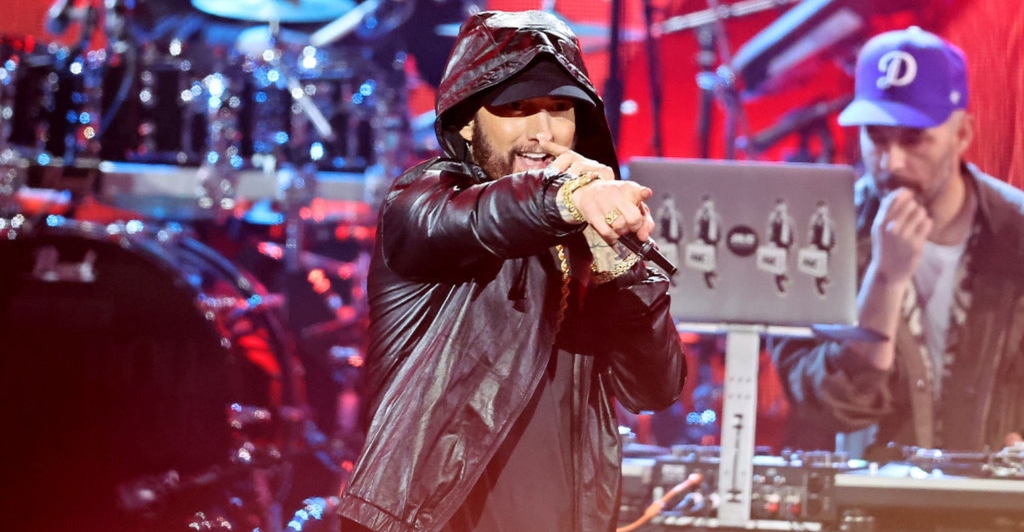A new report has revealed that Donald Trump lost more money than "nearly any other American individual" between 1985 and 1994.
The self-proclaimed "VERY successful businessman" also only paid income tax twice, a report in the New York Times revealed.
It comes from a breakdown of the now President's finances between 1985 and 1994 when he was operating primarily as a real estate tycoon.
This is what Michael Cohen had to say about the President at his testimony:The Times reports that he lost $1.17 billion during this period as a result of fruitless business purchases, predominantly in real estate.
One of these colossal losses was on an Eastern Airlines funded shuttle at the Trump Taj Mahal Hotel and Casino, which, on its opening, was $800 million in debt. The shuttle cost the businessman $7 million a month.
Despite throwing so much money into the casino, Trump's investment never paid off and "sucked revenue from [his] other casinos, Trump’s Castle and Trump Plaza, pulling them deep into the red."

To put the effect this had on Trump's income into context, by 1990, it was minus $400.3 million - a figure that had increased to minus $915.7 million by 1994.
Because Trump's financial situation was so bleak, he was only required to pay income tax in 1987 and 1988.

However, Trump did make some money during this tumultuous financial period.
He obtained what Vanity Fair described as a "lucrative deal" with Merv Griffin for the Taj Mahal and a whopping $52.9 million in interest from an unknown source in 1989, however, "those gains were overwhelmed by losses on his casinos and other projects,” the Times reported, and he "ultimately lost the bulk of the gains from his four-year trading spree."
The report explained that Trump was able to survive losing so much money because the money he lost wasn't actually his and belonged "to the banks and bond investors who had supplied the cash to fuel his acquisitions."
It also found that Trump "secretly leaned on his father’s wealth to continue living like a winner."






